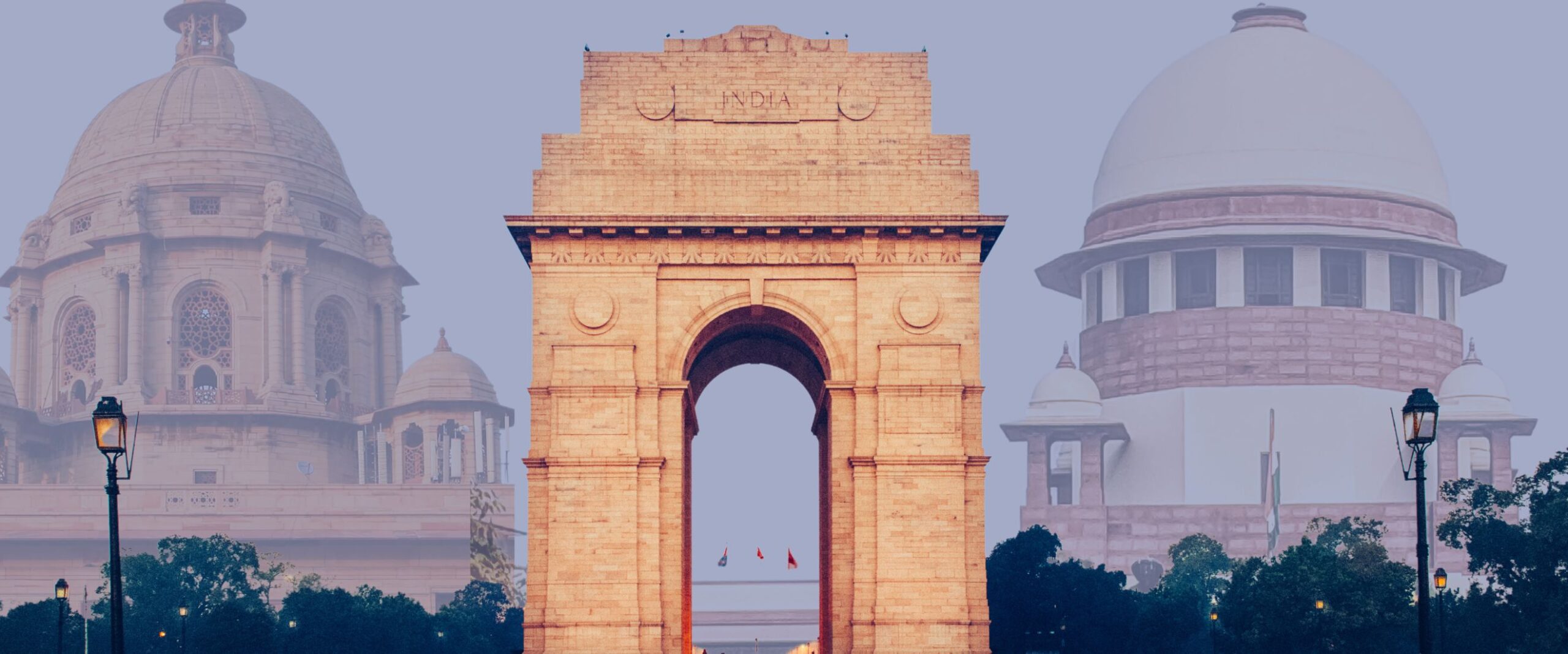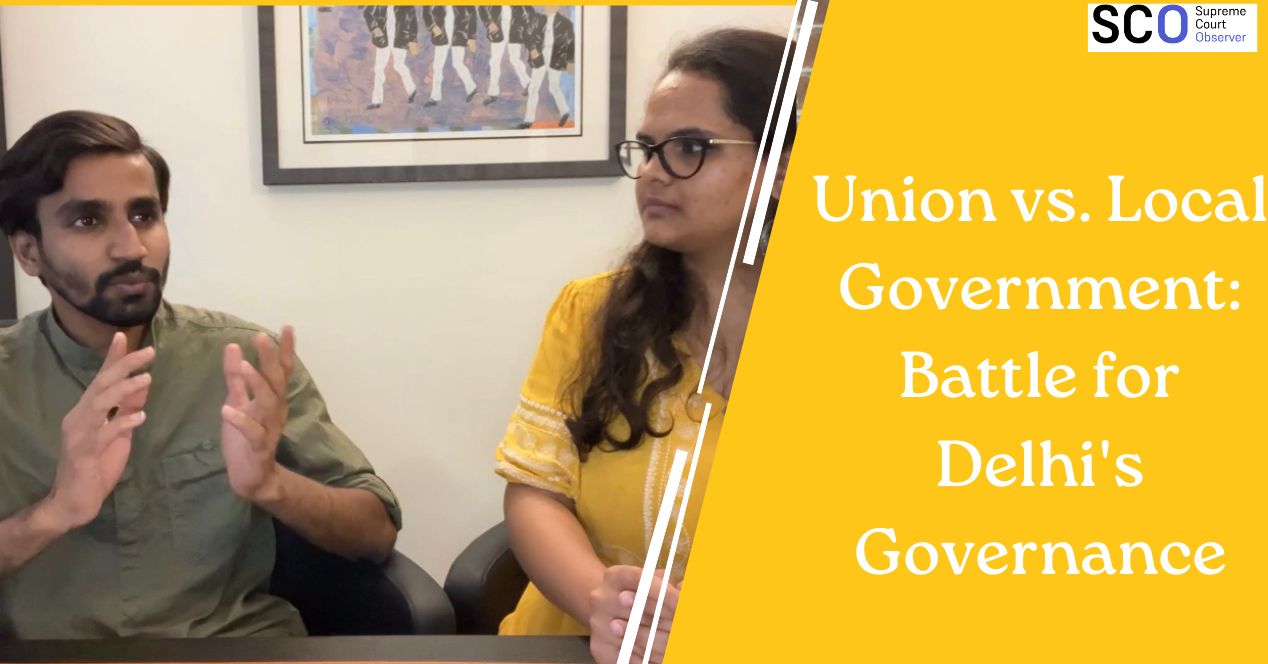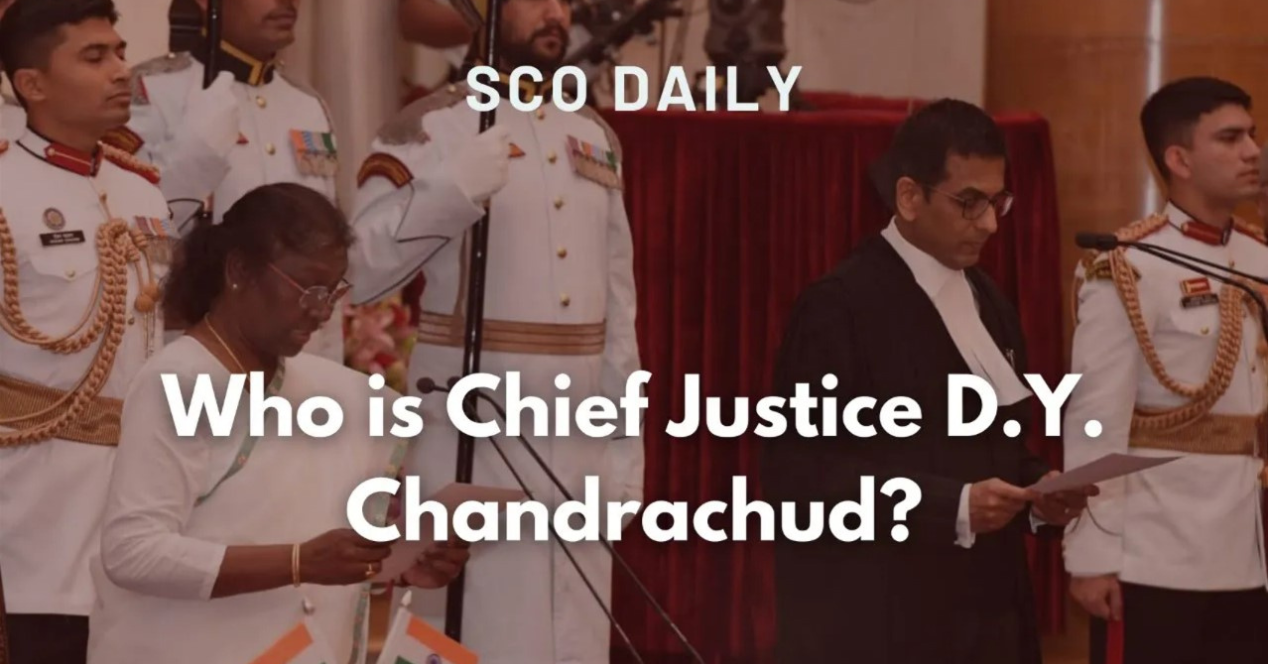Analysis
War Over Control of Delhi Resumes, Supreme Court Refers Case to 5-Judge Bench
The Supreme Court will decide if Parliament has the power to make laws for Delhi that effectively amend the Constitution under Art. 239AA.

When the Supreme Court upheld the powers of Delhi’s elected government over administration of the capital territory on May 11, 2023, the long drawn tussle between the Union and Delhi’s legislature seemed to end. However, eight days later, the war for power began again.
In a blatant strike against the top Court’s Judgment, the BJP-led Union government introduced an Ordinance, which put the power over Delhi’s administration squarely in its own hands. It said ‘Notwithstanding anything contained in any judgement, order or decree of any Court’, the Delhi government may make laws per Article 239AA of the Constitution, except on Entry 41 of List II—State public services and State Public Service Commission. Section 45D of the Ordinance empowered the President to create ‘any authority, board, commission or any statutory body’ and appoint its members.
In what appears to be an attempt to pacify critics, the Ordinance created a National Capital Civil Service Authority, which has the power to recommend transfers and postings of certain officers in the NCT of Delhi. The catch—the Authority has just one representative from the Delhi government, and the recommendations are subject to approval from the Lieutenant Governor, a Union representative in Delhi. Unappeased, the Aam Aadmi Party-led Delhi government challenged the Ordinance at the Supreme Court on July 1, 2023.
The Union government based the Ordinance on Article 239AA(3)(b) and Article 239AA(7). These provisions give the Parliament power to make laws on ‘any matter’ in the NCT of Delhi, and to make laws that give effect to, or supplement Article 239AA (which grants special status to Delhi). Art. 239AA(7)(b), however, states that any such laws made ‘for giving effect to or supplementing’ the parent provision shall not be ‘deemed to be an amendment of this Constitution’, even if it ‘has an effect of amending the constitution’.
So, if the Ordinance has the effect of amending the Constitutional structure of governance, it is clear that it will not be considered to be an actual amendment of the Constitution. But can it continue to ‘alter the existing constitutional structure of governance of NCTD’?
Seeing that previous Constitution Benches of the Court had not answered this question, Chief Justice D.Y. Chandrachud and Justices P.S. Narasimha and Manoj Misra referred the case to a 5-Judge Constitution Bench. This Bench will also hear the broader challenge to the constitutionality of the Ordinance.
As this political and constitutional battle plays out in Court, the people of Delhi find themselves neglected and unheard because of the fall out. The calls for the National Disaster Relief Force to tackle flooding in Delhi was ignored by the Union. The Lieutenant Governor terminated the work orders of 437 consultants working for the elected Delhi government, without any consultation with their employer, the Delhi Government. By seizing the power to appoint members of a statutory body, the Union may have taken away the democratically elected government’s power to appoint members in important departments such as child rights, women’s rights, transport, water, electricity and more.




